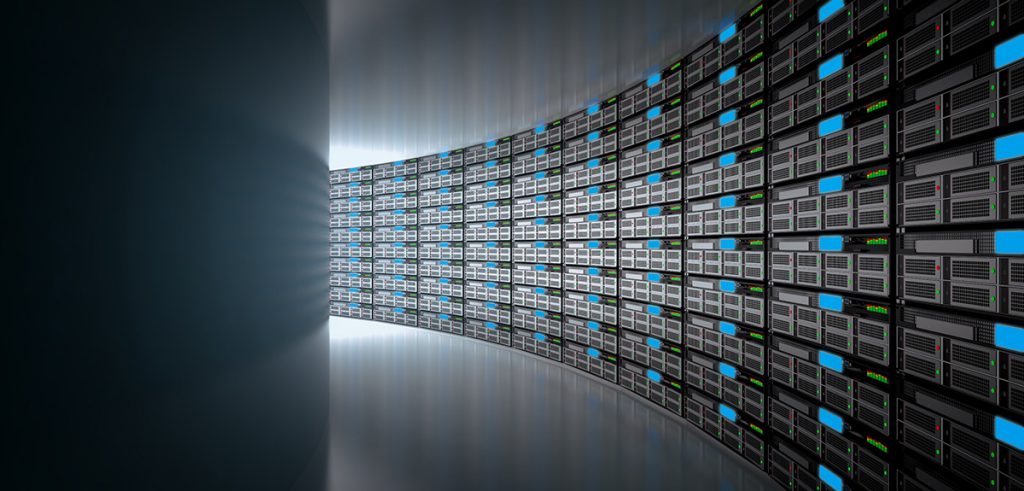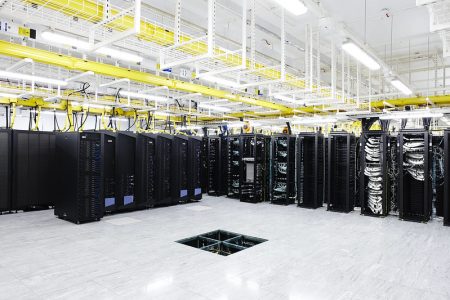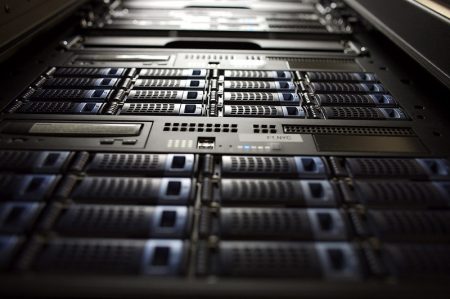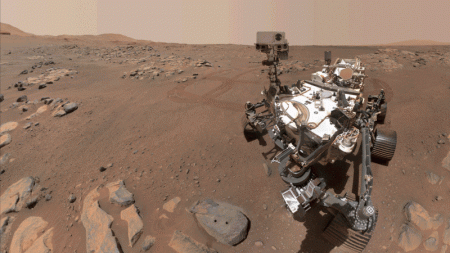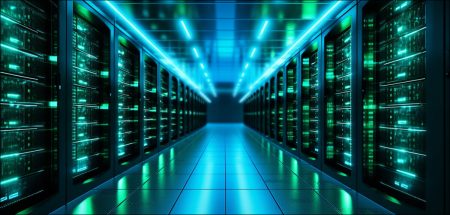Dinesh Elumalai explains data centers, their importance, their pitfalls, and the future they hold in store for us
‘Data! Data! Data! I cannot make bricks without clay’, was the mantra of Sherlock Holmes in Arthur Conan Doyle’s The Adventure of the Copper Beeches. Big corporations in the modern world seem to have taken Holmes’ motto to heart. An ever-increasing volume of data is collected and computed by big corporations in their quest to improve their margins. But to the layperson, words like data center, server, and the like barely make any sense.
Let us take a quick look at how data centers are evolving into the most crucial aspect of modern day living in this post.
The past is prologue
We all had photo albums of our family events and frames hanging on our walls – snapshots from special occasions on a rare basis; we had limited data availability in the past that did not require much of the special space like data centers in this modern era.
However, as time passed and contemporary technology spread, everyone began to own smartphones with 10–48-megapixel cameras at the tips of their fingers. As a result, data became increasingly numerous and needed more storage, which is where memory cards came into play for mobiles and cloud storage are now common concepts touching our personal lives.
As an illustration of how this evolution has impacted the professional set-up too, consider the time when transactions were minimal, and records were kept in journals and papers by a small number of people in businesses. Now with the market growth in an unthinkable way in every industry, data storage and analysis are essential; data centers have emerged to take control of these processes.
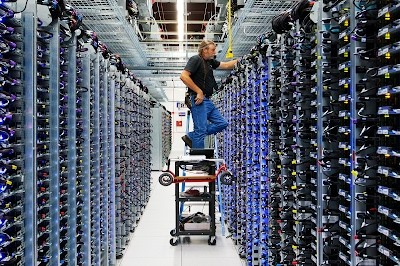
Low-Power Servers, High Efficiency Data Center
The major distinction between a server and a data center is that a server is a powerful computer used for internal or virtual data processing, storage, and management. On the other hand, a data center is a physical storage location where a company keeps important applications and data. While the data center serves businesses or organisations, the server primarily serves software.
The design and operation of Google’s data centers are based on industry-best practises. The business was a pioneer in operating warmer facilities and creating energy-efficient data centers without chillers. Google’s custom servers have a power supply that incorporates a battery at the server level, making it possible for it to serve as an uninterruptible power source (UPS). The server cabinet now houses the UPS and battery backup operations that were previously located in the data center.
Google is getting ready to oversee bigger server fleets in the future. To automate management of Google services across many data centers, the company has created a new storage and computing system called Spanner. This includes the automatic distribution of resources among “entire fleets of machines” that may number between one million and ten million.
The New York Times published a summary of Koomey’s paper, “Growth in Data Center Power Use 2005 to 2010.
According to Google Chief Executive Officer Sundar Pichai, “Our investments in data centers will continue to enable the digital tools and services that help people and businesses succeed.”
Pichai added that the company will invest a staggering $9.5 billion in data centers and American offices in 2022, which will result in the creation of “at least” 12,000 new full-time jobs.

To fulfil the soaring demand for its cloud services, the Mountain View, California-based search engine giant is expanding its workforce and constructing new data centers. Sales for Google Cloud increased by 45 percent year over year to $5.5 billion in the most recent fourth quarter.
What does the future hold
Google intends to invest billions in data centers in Oklahoma, Virginia, and Tennessee this year. The business will also make improvements to its current data centers in Texas, Georgia, Iowa, and Nebraska.
Furthermore, Google’s storage facility in Storey County, Nevada, is already functioning. Additionally, Google will increase its investment in its Henderson, Nevada data center by millions.
“Over the past five years, we have spent more than $37 billion in our offices and data centers across 26 states in the United States, resulting in the creation of over 40,000 full-time employments. In addition to that, we invested more than $40 billion in research and development in the United States in 2020 and 2021,” according to Pichai.
According to Allen Falcon, CEO of Google Cloud partner Cumulus Global in Westborough, Massachusetts, the data center investment would help Google more effectively compete with rival cloud providers like Amazon Web Services, Microsoft Azure, and IBM Cloud Services.
The expansion is essential, according to Falcon, “not just to keep up, but to remain ahead of the curve.”
“They need the resources in place so that resources won’t ever become a deciding factor as new customers join, and as existing customers grow. It gives the impression that there are endless resources.”
Falcon is optimistic about Google’s future as it expands its network of data centers, product line through acquisitions, and ecosystem of partners.
“I see Google actually bringing to fruition a strategy that says, “Let’s create the ecosystem comparable to the basic capabilities of the technology and the services we offer, he remarked. “I look at the data center expansion, I look at their acquisitions.”
The largest worldwide data center footprints among the top cloud and internet service providers are held by Google, along with significant cloud rivals Amazon, Microsoft, and IBM, according to Synergy Research Group.
Each has 60 or more data center facilities, with at least three in each of the four regions—North America, APAC, EMEA, and Latin America—according to a report by Synergy Research Group.
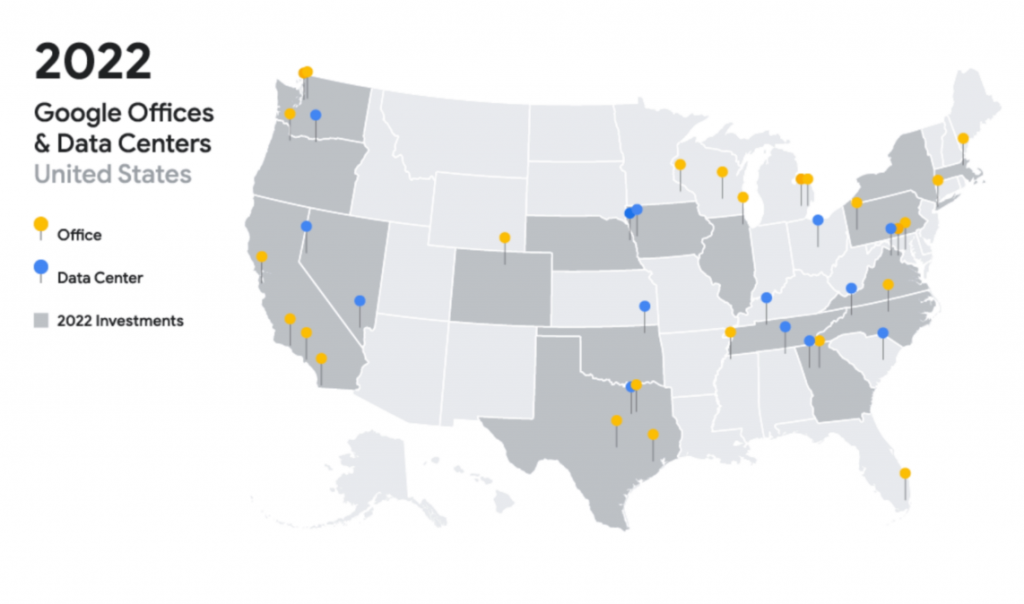
Despite being one of the global leaders in data center capacity, Google is one of the biggest investors in new data center pipeline projects.
“As we work to run our offices and data centers on carbon-free energy 24/7 by 2030, we are aiming to set new standards for green building design,” Pichai wrote in the blog post.
“This includes pursuing certification through the International Living Future Institute for buildings like our new office in Sunnyvale, California.”
In comparison to 2020, Google Cloud Platform (GCP) saw a more than 80 per cent increase in overall transaction volume and a more than 65 per cent increase in the number of agreements worth more than $1 billion.
“In God we trust. All others must bring data,” William Edwards Deming had once said. If any era could claim that statement to be true, ours would be it.



